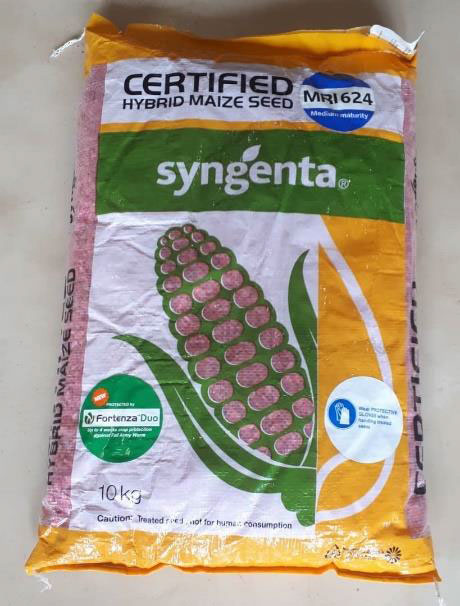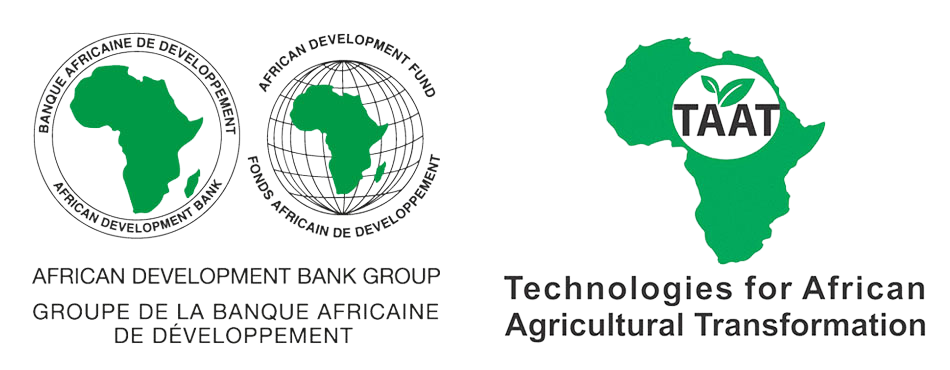TAAT’s Approach to Combating Fall Armyworm offers hope to African Smallholders
While research on many management strategies/technologies are on-going, the TAAT Program’s approach to FAW management in Africa aims to upscale and accelerate the deployment of effective management technologies which are already proven or are very promising to smallholder farmers.

For effective delivery of such technologies — including those still to come from on-going research — the FAW Compact is currently establishing a network of public and private sector partners, non-governmental organisations and regional partners to help in the upscaling and delivery of management technologies.
Key activities of the approach will include robust monitoring/surveillance of FAW at the community level, development and dissemination of mass-awareness and extension materials, training in pest identification, field scouting/assessment, and identifying and addressing country- and region-specific technical and policy constraints hindering access and scaling-up of proven and/or promising FAW management technologies.
To ensure national buy-in, the approach is aligned to on-going national programs as well as initiatives of FAO, development partners, agro-input suppliers and other public-private sector partners.
The TAAT Program’s immediate response strategy to FAW is anchored on three key activities:
a) minimizing FAW damage to maize during its first 4 weeks of post-emergence growth through the upscaling and deployment of maize seed treated with FortenzaTM Duo (a.i. cyantraniliprole + thiamethoxam),
b) the use of integrated pest management-compatible technology toolkit combinations as Fortenza Duo follow-on technologies to control FAW up to physiological maturity of maize, and
c) building of capacity of farmers, National Agricultural and Extension Systems (NARES) staff and non-governmental extension workers in the identification of FAW (directly and indirectly through characteristic plant injury symptoms), effective monitoring and scouting of fields to guide timely and need-based application of FAW IPM-compatible pesticides.
The deployment of Fortenza Duo-treated seed has commenced in Southern Africa in the 2018/19 growing season with 164,000 ha of maize being the target area of intervention in Zambia, translating to at least 807,000 smallholder growers.
In Zimbabwe, an equal number of farmers is also targeted. Assessments for field performance of Fortenza Duo will be conducted in January 2019. Main partners in the deployment of Fortenza Duo technology comprise Syngenta, seed companies (e.g. SeedCo, MRI, Corteva Agriscience, Kelin Karoo, Kamano Seed and Monsanto), agrochemical companies and NARES.
Although the target beneficiaries in the TAAT Program are smallholder farmers, the major demand drivers of the technology may ultimately turn out to be large scale commercial farmers.


